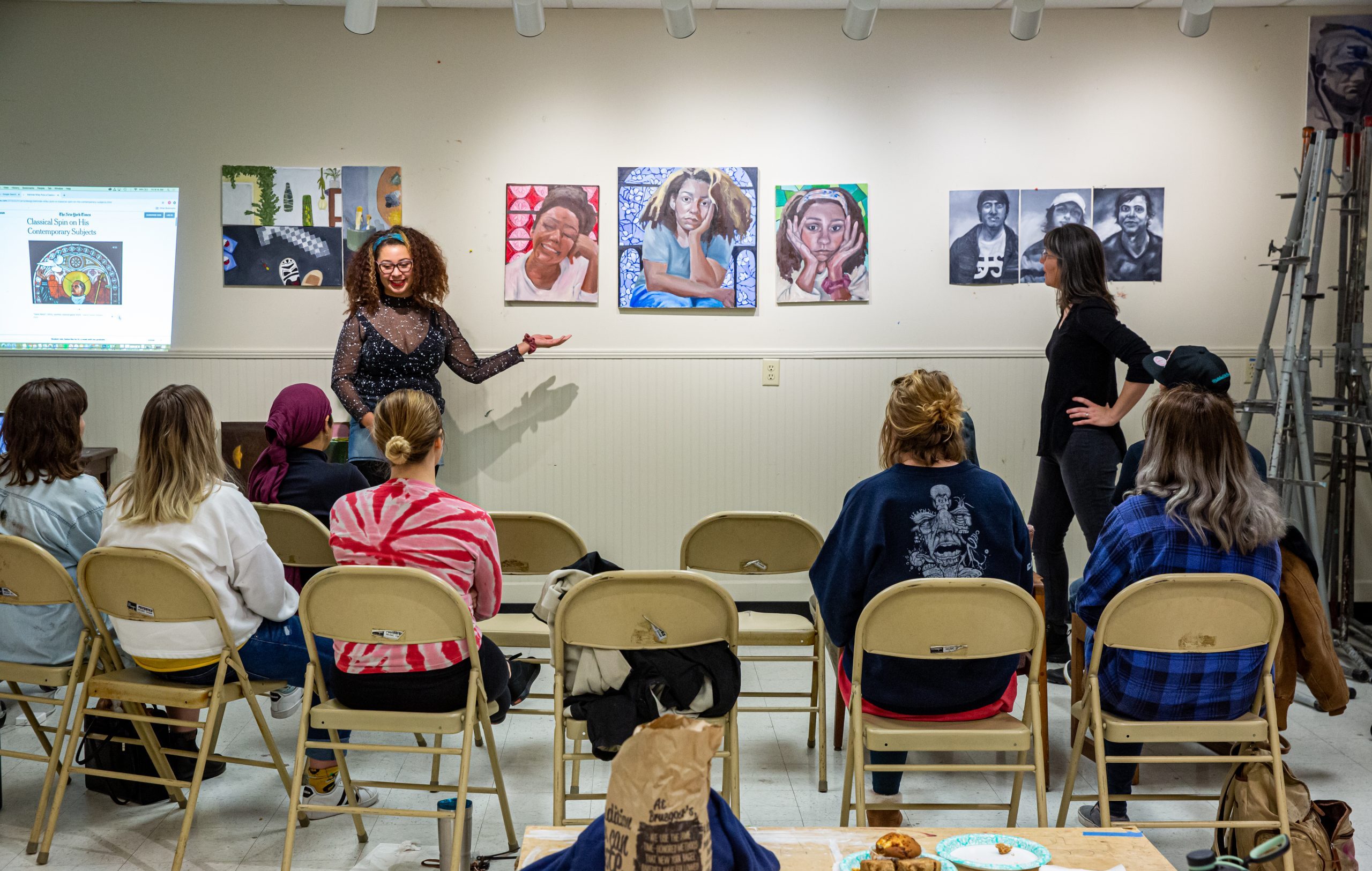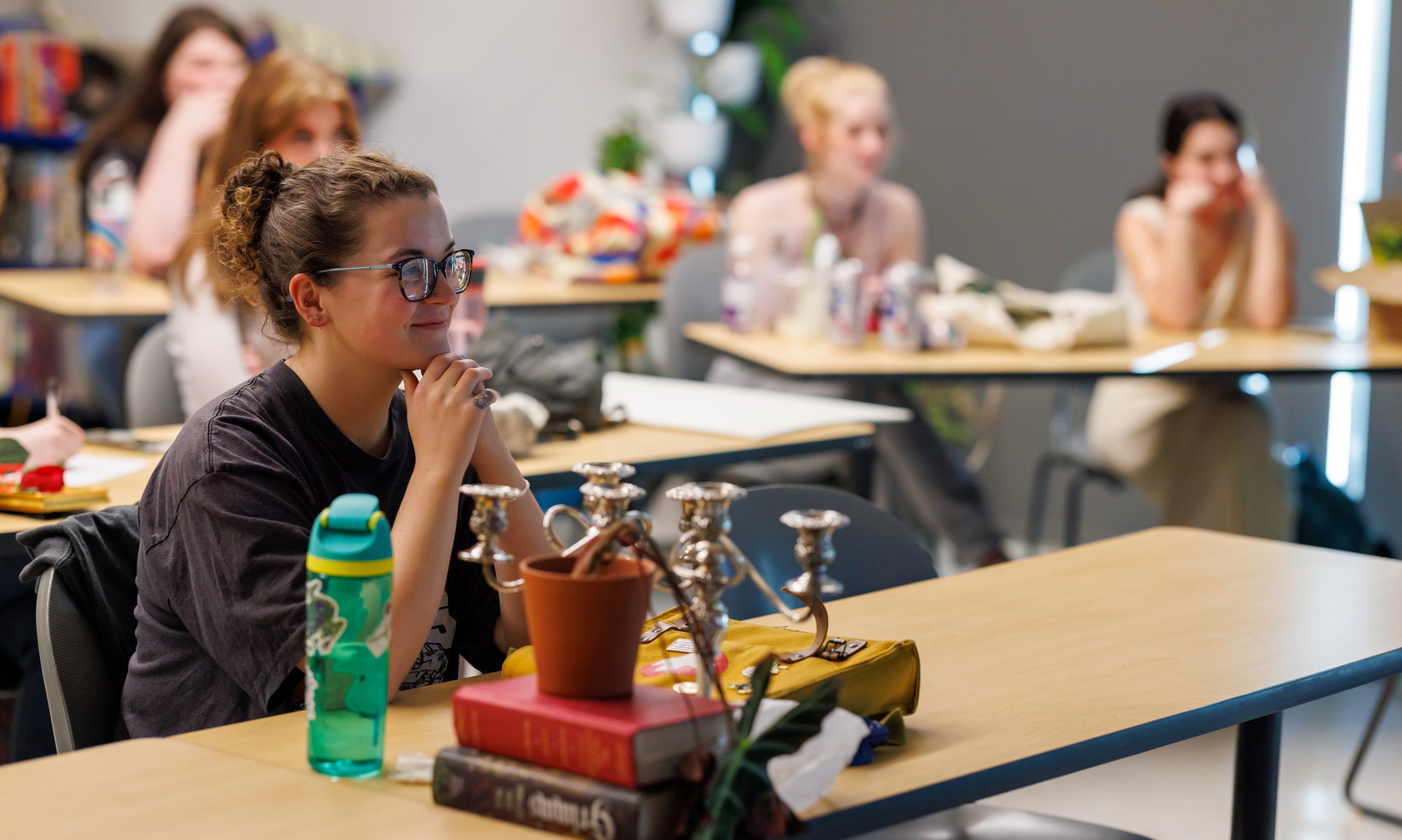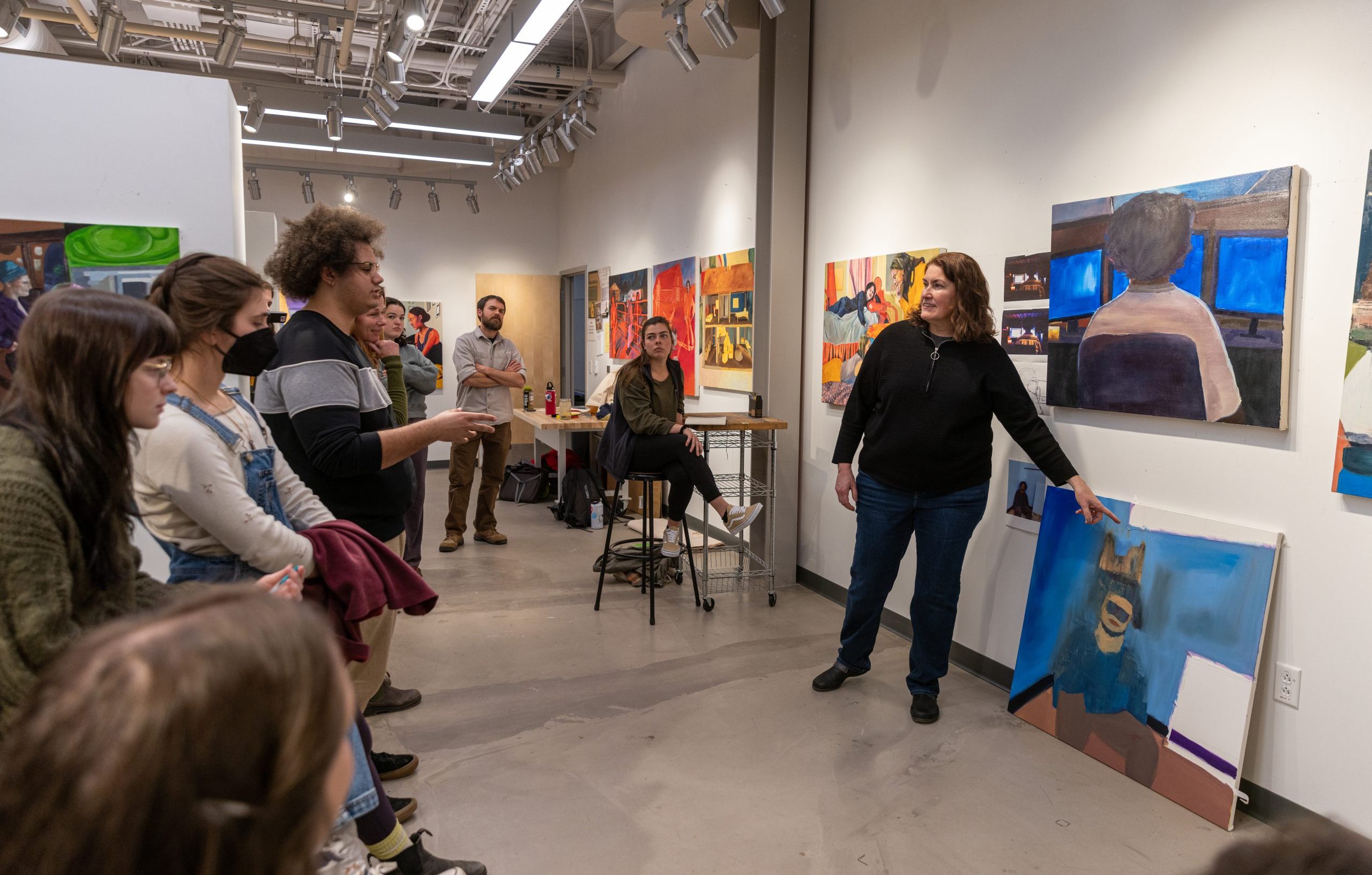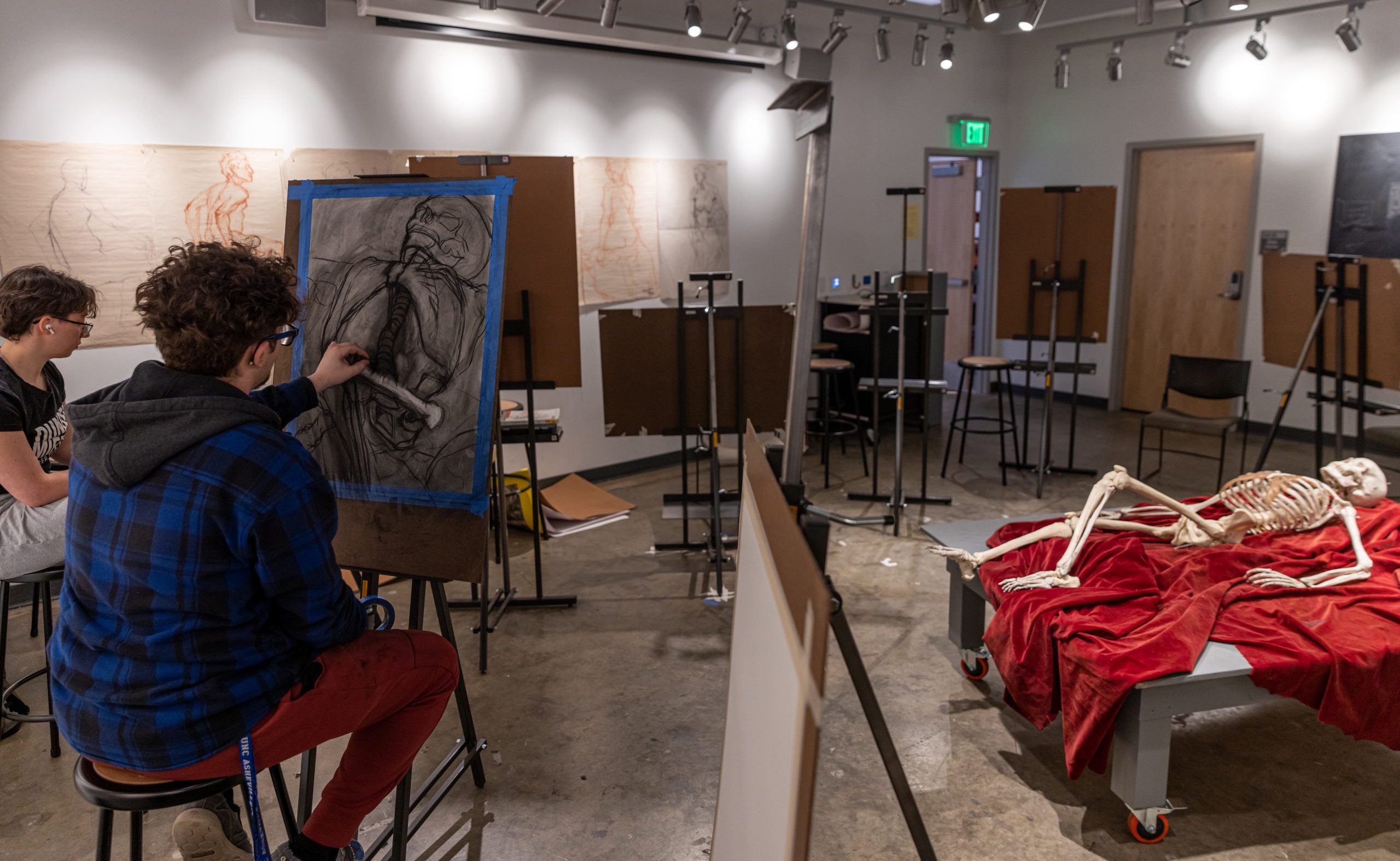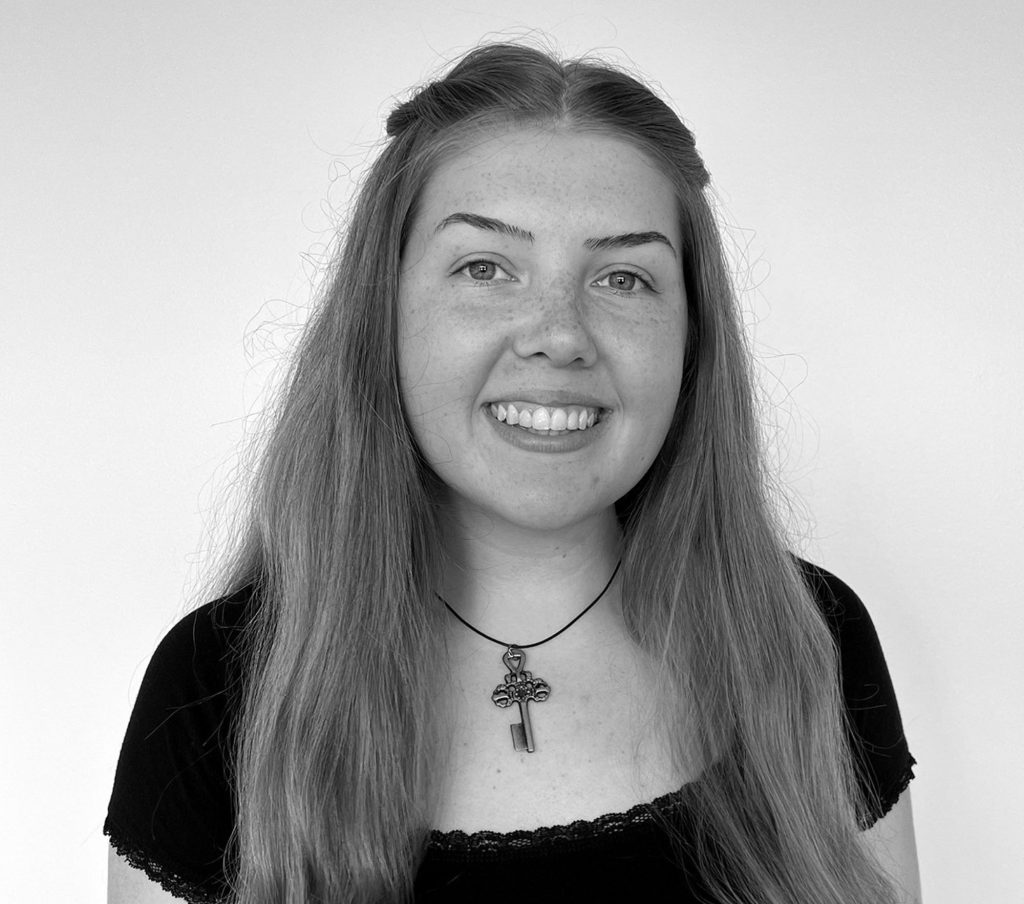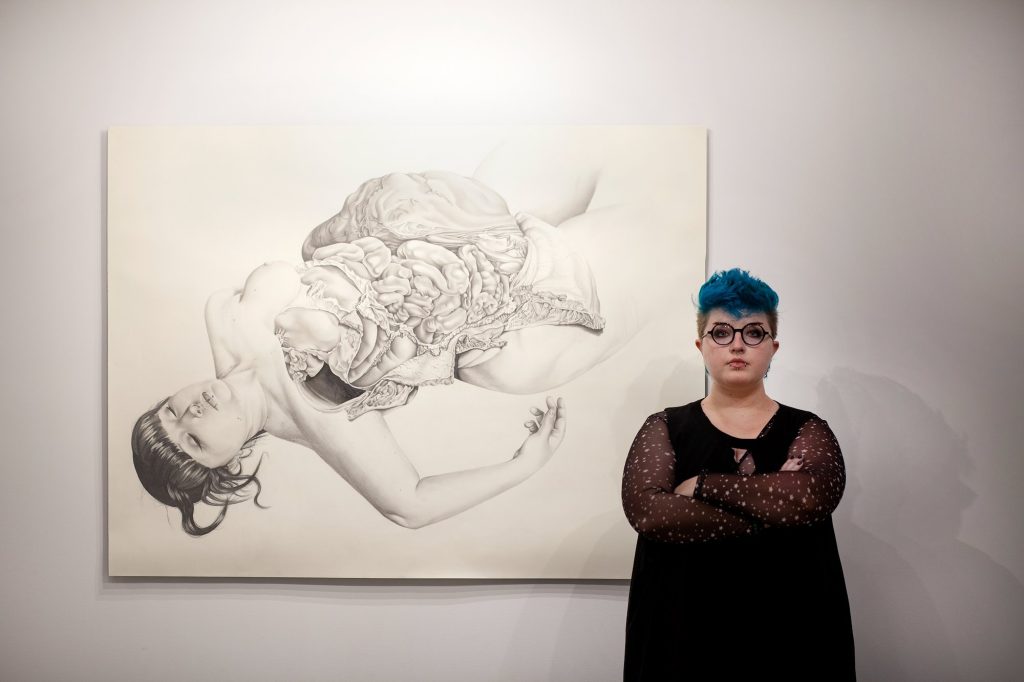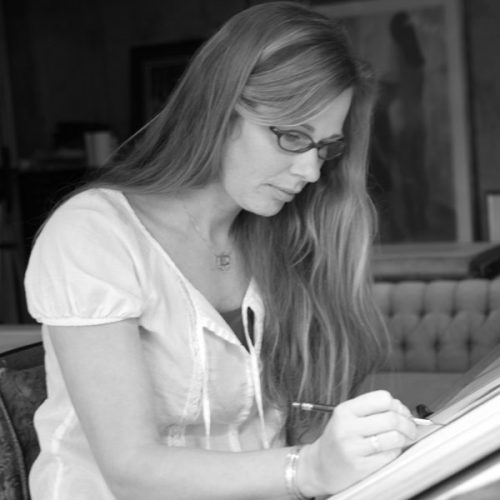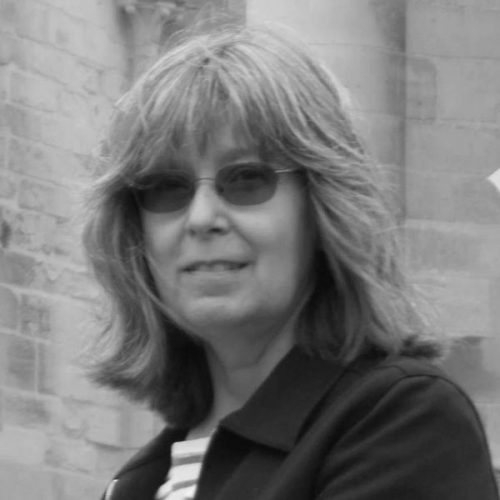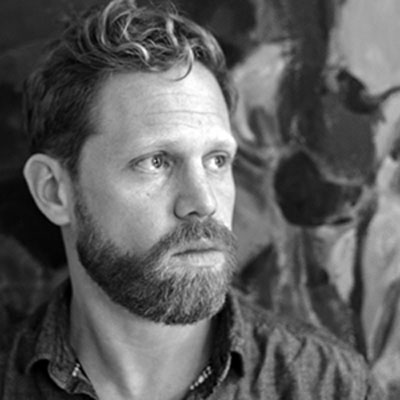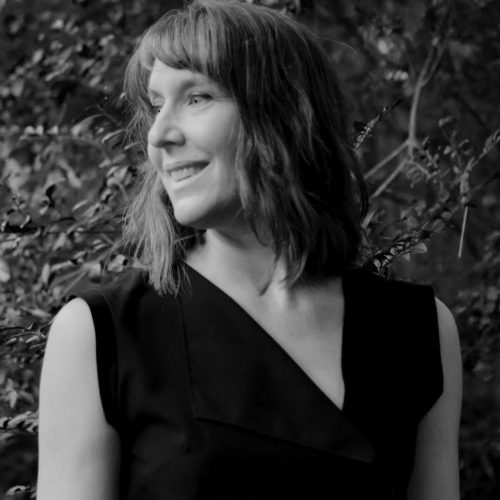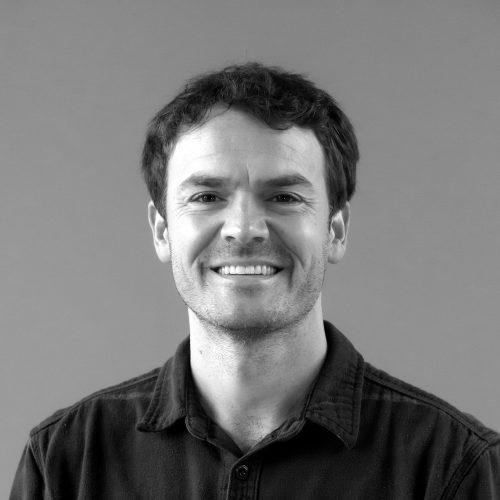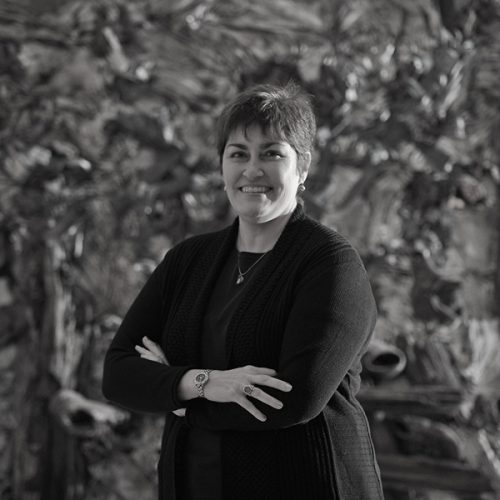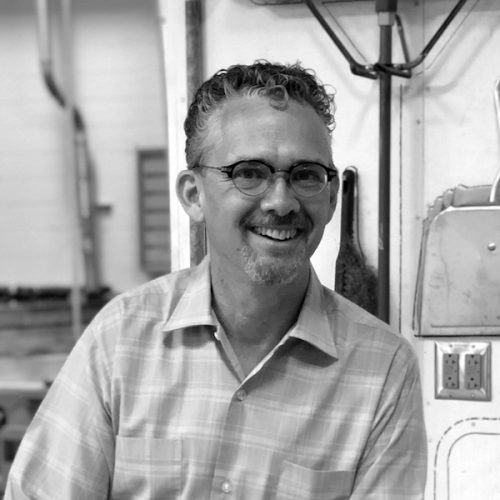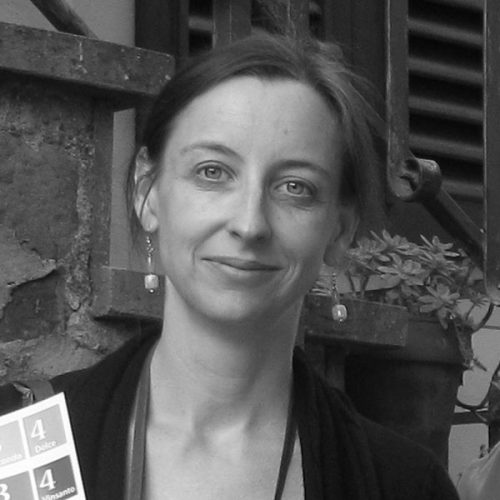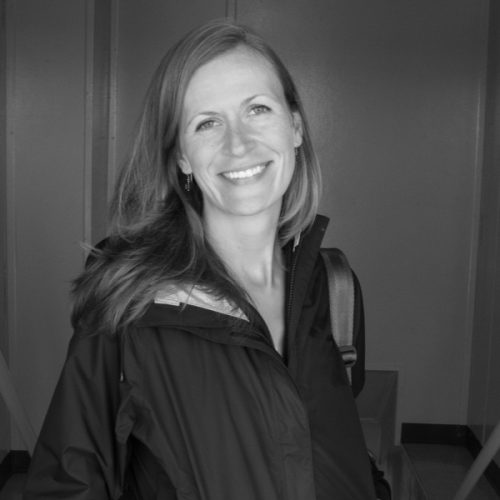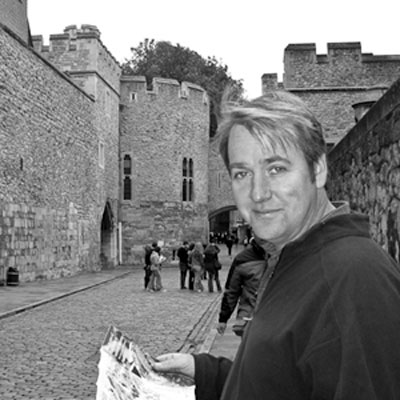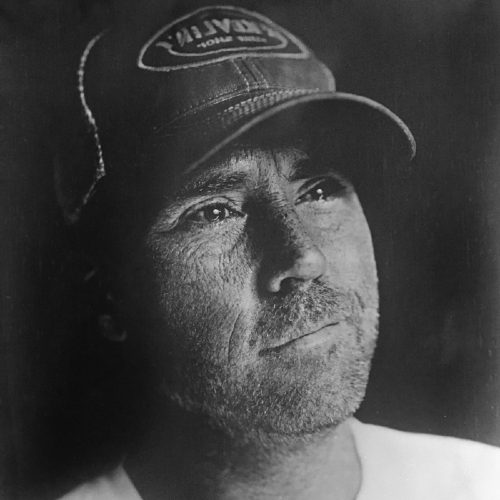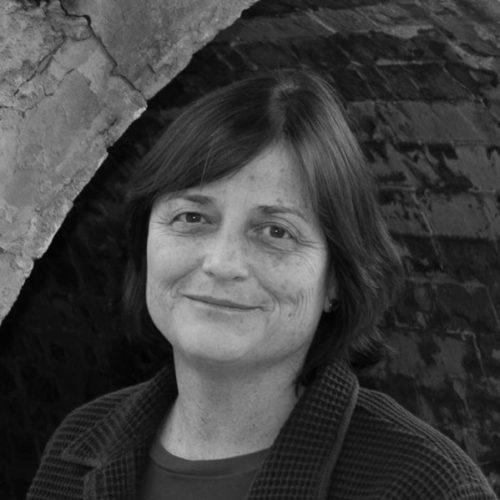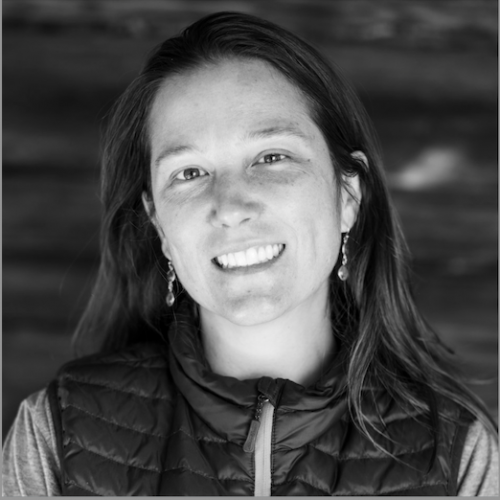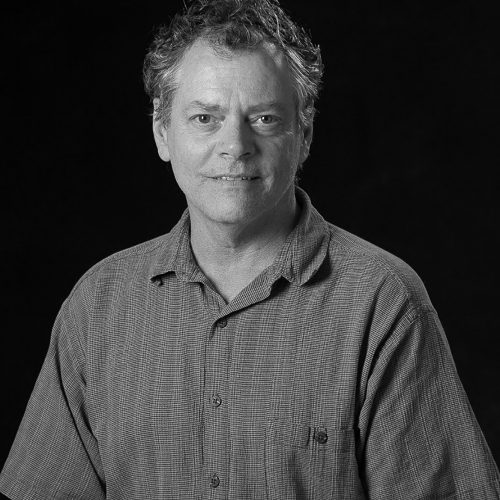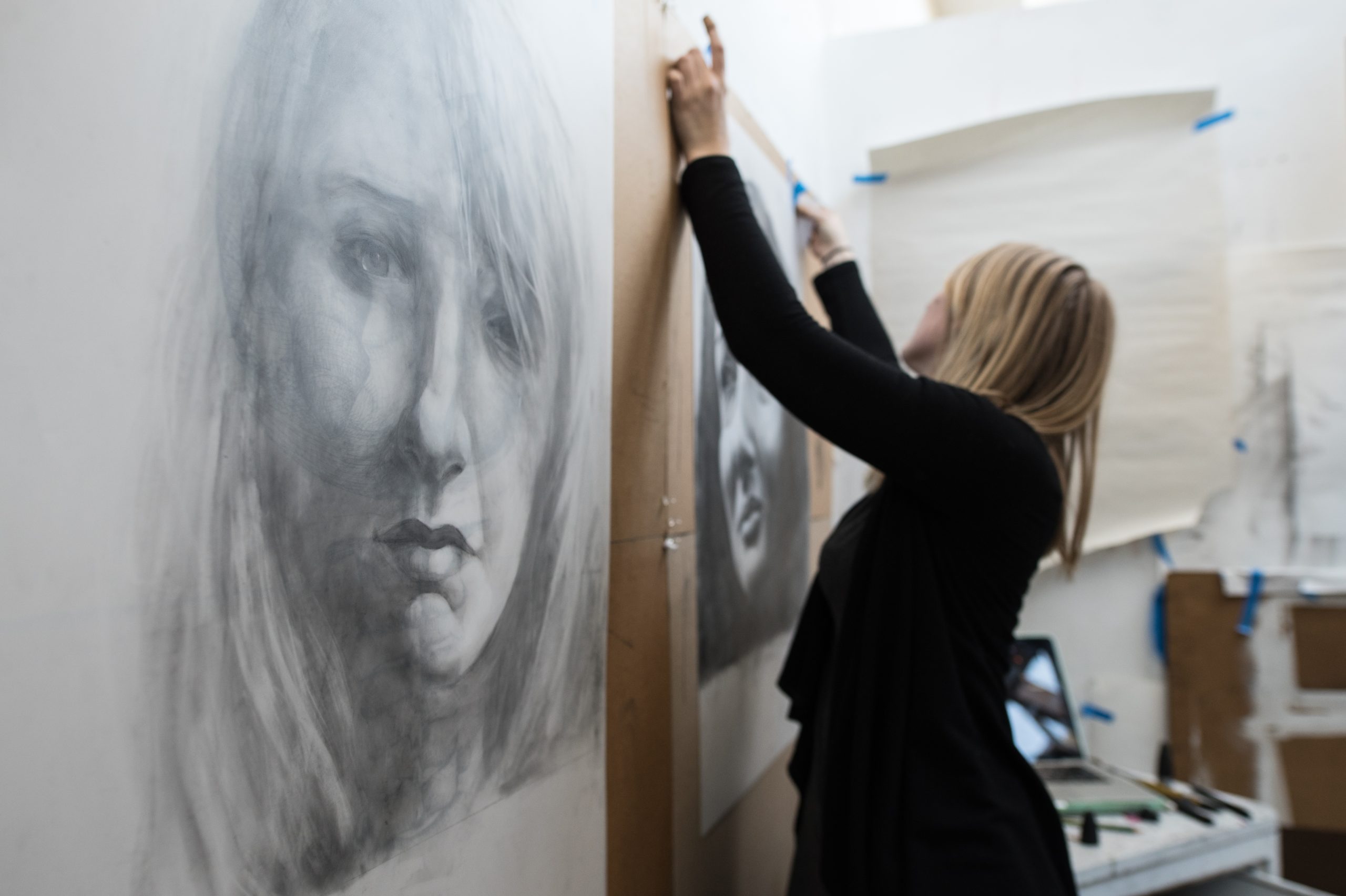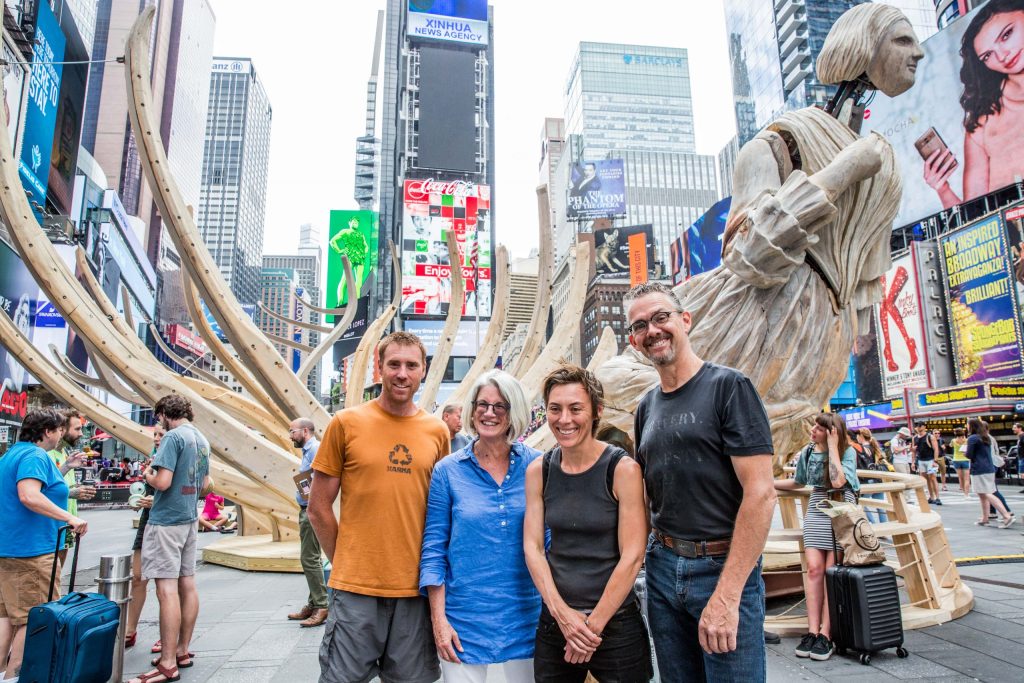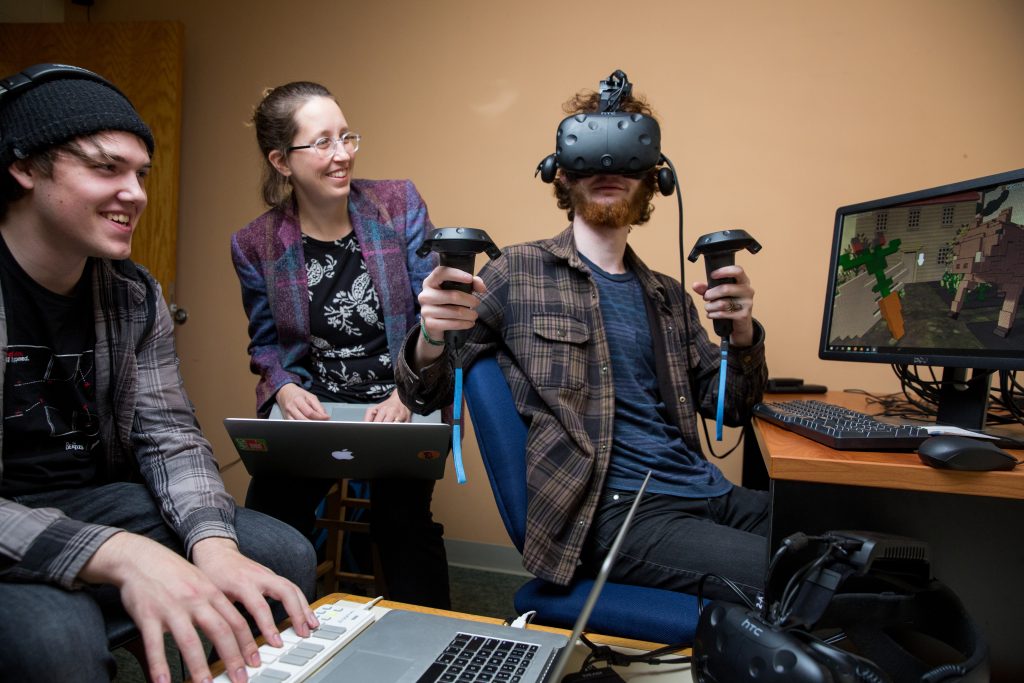Encounter, experiment, and engage with art in meaningful ways in UNC Asheville’s tight-knit, supportive art history bachelor’s degree program.
Why Study Art History at UNC Asheville
Student and Alumni Spotlights
Art History Outside the Classroom
Your educational journey at UNC Asheville goes beyond the classroom as you engage with art and become an active member of our vibrant campus community. From honing your skills in an internship to attending lectures featuring experts in the field, your time as an art history major enriches your understanding of the discipline and prepares you for a vibrant future.
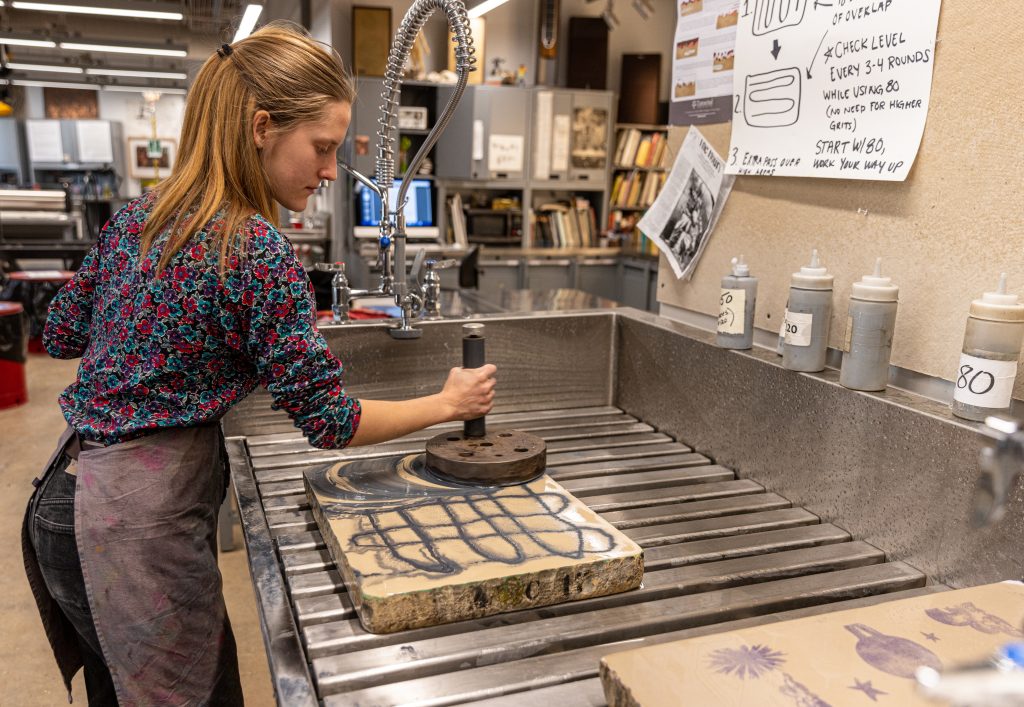
Art History Internships
Master skills and prepare for your career through hands-on internships where you gain practical experience in real-world settings. Internships equip you with the adaptability, research, creative problem-solving, and communication abilities employers seek. Work at places such as the Asheville Area Arts Council, Asheville Art Museum, Arts for Life, Black Mountain College Museum and Art Center, and more.
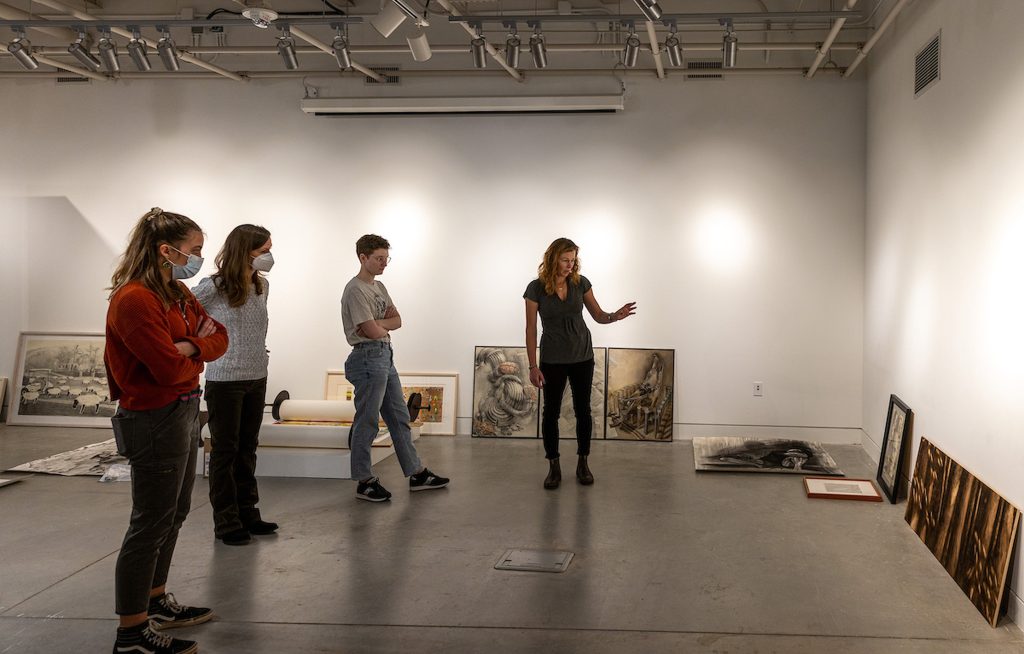
Lecture Series
Our lecture events showcase the beauty and diversity of art. We invite artists working in a range of mediums to visit campus and share their processes and expertise. During many of these events, artists’ work is displayed in exhibitions followed by a reception and discussion where individuals in the community can engage with both the work itself and the artist, an invaluable learning opportunity.
Meet the Faculty
Our Art and Art History Department faculty are passionate about the work they create and the subjects they study, bringing their wealth of knowledge to the classroom, the studio, and beyond. With small class sizes, you build meaningful connections with professors dedicated to your academic and artistic growth.
Art History Degree Careers and Outcomes
A Bachelor of Arts in Art History from UNC Asheville empowers students to pursue a range of exciting career paths. Strong communication, analytical, and critical thinking skills, along with a deep understanding of art, culture, and societal forces, make our students excellent candidates for work in galleries, museums, research, academia, and more. Recent graduates have found success in professional roles, and others have continued their education in prestigious graduate programs.
Our graduates hold a diverse array of positions within arts management and administration in museums, galleries and non-profit agencies. Acceptance into graduate programs includes MA and PhD programs in Art History as well as Business school and Law school. Recent graduates have received scholarships for both MA/PhD programs and professional schools at Columbia University, Duke University, Syracuse University in Florence (Italy), John Cabot University in Rome (Italy), UNC Chapel Hill and the University of Arizona, among others.
Related Programs
Deepen Your Understanding in UNC Asheville’s Art History Major
In the Bachelor of Arts in Art History program, experience a transformative and immersive education that prepares you for a meaningful career in the art world. Small class sizes, hands-on learning, and a holistic curriculum enrich your time at UNC Asheville and empower you to reach your full potential.
Contact Us
| Art and Art History Department |
| Phone: 828.251.6559 |
| Email: DeptofArt@unca.edu |

